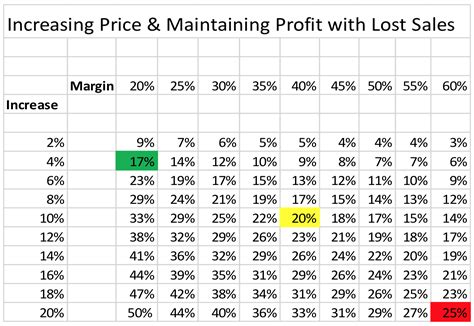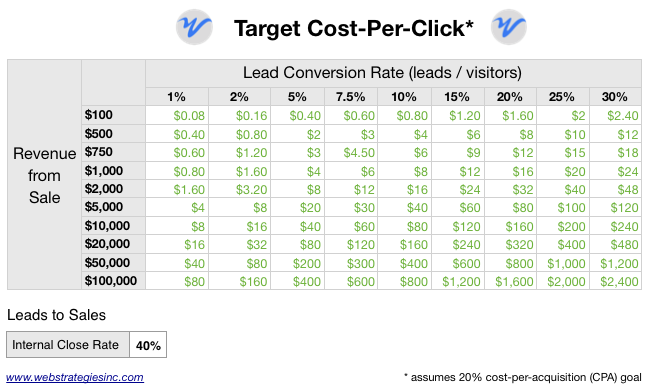In today’s digital landscape, Cost-Per-Click (CPC) advertising has emerged as a vital strategy for businesses looking to maximize their online presence. By understanding CPC ads, marketers can effectively manage pay-per-click campaigns that drive targeted traffic and enhance conversion rates. This article will delve into the fundamentals of CPC advertising, exploring its benefits, mechanics, and the various factors that influence costs. Additionally, we will provide actionable tips for creating successful CPC campaigns and present case studies that highlight effective strategies in action. Join us as we unravel the intricacies of CPC advertising and empower your marketing efforts.
Explore this topic in-depth with maseblog.com
1. Introduction
In the rapidly evolving digital marketing landscape, Cost-Per-Click (CPC) advertising stands out as a crucial component for businesses aiming to enhance their online visibility and drive traffic. With the increasing reliance on search engines and social media platforms, understanding CPC ads is essential for marketers who want to optimize their pay-per-click campaigns. By paying only for actual clicks on their ads, businesses can achieve a cost-effective approach to reaching their target audience.
This article aims to demystify CPC advertising, providing a comprehensive overview of its benefits, mechanics, and the factors that can impact costs. We’ll explore how to craft effective CPC campaigns that not only attract clicks but also convert visitors into loyal customers. With practical tips and insightful case studies, this guide will equip you with the knowledge needed to navigate the world of CPC advertising successfully, empowering your marketing efforts and ultimately driving growth for your business.

2. What is Cost-Per-Click (CPC) Advertising?
Cost-Per-Click (CPC) advertising is a digital marketing model where advertisers pay a fee each time their ad is clicked. This method allows businesses to drive targeted traffic to their websites by placing ads on platforms like search engines, social media, and various websites. Unlike traditional advertising, where costs are often incurred regardless of engagement, CPC ensures that marketers only pay for actual interactions with their ads.
CPC ads can appear in various formats, including text ads, display banners, and video ads, and are typically linked to specific keywords or phrases. This targeting enables advertisers to reach users actively searching for related products or services, enhancing the likelihood of conversion.
The primary advantage of CPC advertising is its cost-effectiveness; businesses can control their advertising budgets and optimize spending based on performance metrics. Additionally, platforms often provide detailed analytics, allowing marketers to track the effectiveness of their campaigns in real time. Understanding CPC advertising is essential for businesses looking to harness the power of online marketing and improve their return on investment, making it a vital strategy in today’s competitive landscape.

3. Benefits of CPC Advertising
CPC advertising offers numerous benefits that make it an attractive option for businesses of all sizes. One of the primary advantages is cost-effectiveness; advertisers only pay when a user clicks on their ad, ensuring that marketing budgets are spent on actual engagement rather than mere impressions. This allows for precise budget control and optimization of advertising spend.
Additionally, CPC campaigns enable targeted advertising, as marketers can select specific keywords and demographics to reach their ideal audience. This targeted approach increases the likelihood of conversions, as ads are shown to users actively searching for related products or services.
Furthermore, CPC advertising provides measurable results. Advertisers have access to detailed analytics, enabling them to track performance, assess return on investment, and make data-driven decisions to refine their campaigns. This level of insight fosters continuous improvement and allows businesses to adapt their strategies in real time.
Lastly, the flexibility of CPC advertising means campaigns can be scaled up or down based on performance, making it a versatile tool for achieving various marketing goals. Overall, the benefits of CPC advertising contribute significantly to enhancing online visibility and driving business growth.

4. How CPC Advertising Works
CPC advertising operates on a straightforward yet effective model, primarily facilitated through online platforms like Google Ads and social media networks. The process begins with advertisers selecting specific keywords related to their products or services. These keywords play a crucial role in determining when and where their ads will appear.
Once the keywords are chosen, advertisers create compelling ads that align with their target audience’s search intent. When users enter search queries that match these keywords, the ads enter an auction system where the platform determines which ads to display based on several factors, including bid amount, ad relevance, and quality score.
The bid amount refers to the maximum price the advertiser is willing to pay for each click. The quality score, on the other hand, evaluates the ad’s relevance and performance history. A higher quality score can lower the cost per click and improve ad placement.
When a user clicks on the ad, the advertiser is charged the CPC amount. This model encourages advertisers to optimize their ads continually, as better-performing ads can lead to lower costs and improved visibility. Overall, CPC advertising is a dynamic and data-driven approach that empowers businesses to effectively engage their target audiences.
5. Factors Affecting CPC
Several key factors influence the cost-per-click (CPC) in advertising campaigns, impacting how much advertisers pay for each click. One of the most significant factors is the keyword selection. High-competition keywords, often linked to lucrative markets, tend to have higher CPC rates, while niche keywords may be more cost-effective but might yield lower traffic.
Another crucial element is the ad quality and relevance, which are assessed through the quality score. Ads that are well-crafted, relevant to user searches, and lead to high-quality landing pages are rewarded with lower CPC rates. Platforms prioritize ads that provide a better user experience, which can significantly reduce costs.
Bid strategy also plays a vital role. Advertisers can choose manual or automated bidding strategies, affecting how much they are willing to pay for clicks. Additionally, seasonal trends and market demand can fluctuate CPC rates, with higher costs often seen during peak shopping seasons or events.
Competitor actions are another influencing factor; as competition increases for specific keywords, CPC rates can rise. Finally, the geographic targeting of ads can also impact costs, with some regions experiencing higher demand and competition, leading to increased CPC rates. Understanding these factors allows advertisers to optimize their campaigns effectively.
6. Tips for Successful CPC Advertising
To achieve success in CPC advertising, consider implementing the following tips. First, conduct thorough keyword research to identify both high-traffic and niche keywords that resonate with your target audience. Utilizing tools like Google Keyword Planner can help uncover valuable insights.
Second, create compelling and relevant ad copy that captures attention and encourages clicks. Highlight unique selling points and include a clear call to action. Make sure your landing page aligns with the ad content to enhance user experience.
Third, monitor and analyze campaign performance regularly. Use the analytics provided by advertising platforms to track key metrics, such as click-through rates (CTR) and conversion rates. This data can inform adjustments to improve results.
Fourth, test different bidding strategies to find the most cost-effective approach for your campaign goals. Consider A/B testing various ad formats and targeting options to determine what works best.
Finally, stay updated on industry trends and platform changes, as the digital marketing landscape evolves rapidly. Adapting your strategy to these changes can help maintain a competitive edge and maximize the effectiveness of your CPC campaigns.
7. Case Studies
Case studies provide valuable insights into the effectiveness of CPC advertising across various industries. For example, an e-commerce retailer focused on running targeted Google Ads campaigns for specific seasonal products. By conducting keyword research, they identified niche keywords with lower competition and created tailored ad copy. As a result, they achieved a 30% increase in click-through rates and a 20% boost in sales during the holiday season.
In another instance, a local service provider utilized Facebook Ads to promote their services. They developed visually appealing ads and targeted specific demographics in their area. By continually analyzing performance data and optimizing their bids, they reduced their CPC by 25% over three months, leading to an increase in leads and conversions.
Additionally, a SaaS company adopted a multi-channel CPC strategy, using both search and display ads. By leveraging retargeting techniques, they effectively re-engaged previous website visitors, resulting in a 40% increase in sign-ups. These case studies illustrate how strategic planning, continuous optimization, and data-driven decisions can significantly enhance the success of CPC advertising campaigns across different sectors.
8. Conclusion
In conclusion, Cost-Per-Click (CPC) advertising is a powerful tool that enables businesses to effectively reach their target audience while managing marketing budgets. By understanding the fundamental concepts of CPC, including how it works and the factors that influence costs, marketers can develop strategies that optimize their ad performance and maximize return on investment.
The benefits of CPC advertising, such as cost-effectiveness, targeted reach, and measurable results, make it an attractive option for businesses of all sizes. Additionally, implementing best practices, from thorough keyword research to continuous performance monitoring, can significantly enhance campaign effectiveness.
As demonstrated by various case studies, strategic planning and adaptability are crucial in navigating the dynamic landscape of digital advertising. By embracing these principles and staying informed about industry trends, businesses can leverage CPC advertising to drive growth and achieve their marketing objectives. Ultimately, a well-executed CPC strategy can lead to increased visibility, higher engagement, and improved conversion rates, establishing a strong online presence in today’s competitive marketplace.
maseblog.com
